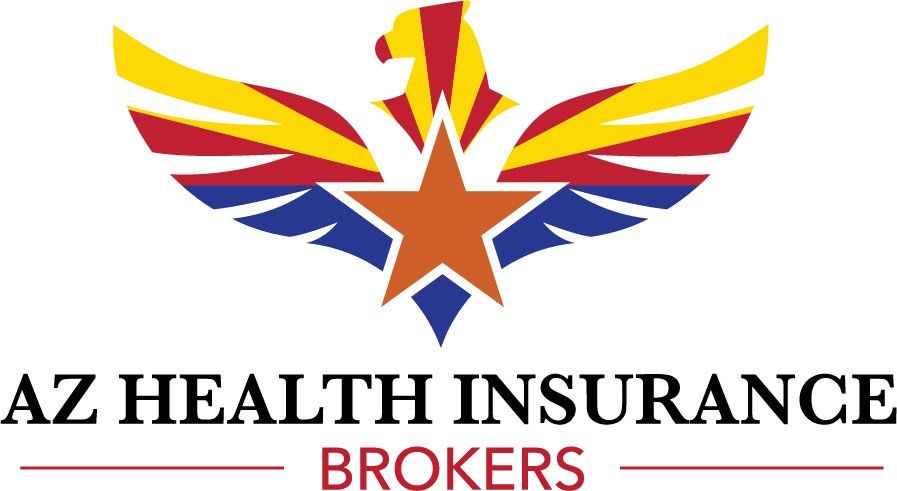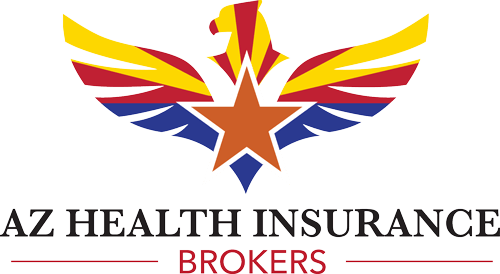Need to Sign Up for Health Insurance? Get Health Insurance Sign-Up Tips
If you’re signing up for health insurance, congratulations. Having health insurance is an excellent way to preserve your health, potentially extend your life and stay healthier as you age. With health insurance, you can:
- Get annual health screenings that help you identify health issues more quickly and address health problems so they don’t develop into something worse
- Use annual check-ups to prevent future health issues
- Gain low-cost coverage for hospital stays and emergency treatments, including when accidents happen
- Get financial coverage for prescriptions
Your health insurance coverage could also extend to your dependents, like a spouse and/or children. Without health insurance coverage, you could pay thousands or even up to hundreds of thousands of dollars more to cover treatment for everything from a broken toe to cancer treatment.
The decision to get health insurance is a smart first step. But before you select a plan, read this blog for tips on how to choose a health insurance plan with the best coverage, at the best price.
Key Takeaways
- Before you get health insurance, you should take an inventory of your (and your family’s) healthcare needs to understand the exact coverage you should look for in a health insurance plan.
- If you have preferred doctors, hospitals and pharmacies, it’s more cost-effective to choose a health insurance plan that includes coverage for the providers you want to see.
- In addition to monthly premiums, expenses like deductibles, copays and out-of-pocket maximums can affect the true overall price of a health insurance plan. You should compare all these factors when evaluating health insurance coverage.

1. Understand Your Healthcare Needs
Evaluate your and your family’s typical healthcare usage. This includes how often you visit doctors, if you have ongoing treatments and any medications you regularly take. Knowing these details helps in choosing a plan that best matches your healthcare needs.
2. Learn About Different Types of Plans & Components
Familiarize yourself with different types of health insurance plans. These include:
- HMOs: HMO stands for health maintenance organization. With an HMO, you’ll be limited in which healthcare providers you can see who are “in-network”, meaning your health insurance will cover costs for their services. HMOs typically have lower monthly premium costs but more limited provider networks.
- PPOs: PPO stands for preferred provider organization. With a PPO, you’ll pay less if you go to a provider who’s covered by the PPO, but you can still see out-of-network providers at a higher cost. You also can choose whichever specialists you want to see, without having to get a referral from a primary care physician. PPOs typically have larger networks of covered doctors but may cost more in monthly premiums compared to HMOs.
- EPOs: EPO stands for exclusive provider organization. With an EPO, you’ll be limited to using the doctors, specialists and hospitals within the plan’s network if you want to get your healthcare paid for.
- POS plans: POS stands for point of service. Like PPOs, POS plans offer coverage for in-network doctors. But while PPO plans don’t require you to choose a primary care physician, a POS plan typically does require you choose a primary care physician in order to get referrals to specialists.
As you evaluate health insurance plans, you’ll likely see an acronym like one of the above attached to the plan. Ask your health insurance broker if you have any questions regarding these types of health insurance plans.
3. Evaluate Network Coverage
Check if your preferred doctors, hospitals and pharmacies are in an insurance plan’s network. Using providers within the network usually costs much less compared to going out-of-network.
If you have preferred doctors, hospitals or other medical providers, you may want to choose a plan whose network covers those providers so you can save more on out-of-pocket costs.
4. Compare Plan Prices Thoroughly
In addition to monthly premium prices, consider other plan costs, including:
- Deductibles: A deductible is the amount of money you may have to pay out-of-pocket before more extensive health insurance coverage kicks in.
- Coinsurance: Coinsurance is the percentage of a covered healthcare service’s cost you’ll have to pay after the plan’s deductible is met.
- Copays: A copay is the cash amount you’ll have to pay out-of-pocket for things like doctors’ visits.
- Out-of-pocket maximums: This is the maximum amount you’ll need to pay out-of-pocket before a health insurance plan covers the rest.
These expense categories will affect your overall health insurance cost, depending on how much medical care you use.
5. Evaluate Plan Tiers, If Relevant
Related to pricing, many health insurance plans, including those on the Affordable Care Act (ACA) marketplace, will be broken down into tiers that have varied coverage and prices. Examples include:
- Catastrophic: Catastrophic plans may have a high deductible and low premiums. The plan holder will have to pay for expenses out-of-pocket until the deductible is met, and health insurance financial coverage kicks in.
- Bronze: Bronze plans may have a relatively high deductible and require plan holders to make copays for primary care physicians and specialists, and to get treatments such as bloodwork and urgent care.
- Silver: Silver plans typically have a lower deductible and lower copay cost compared to bronze plans, but monthly premiums may be higher.
- Gold: With gold plans, you’ll typically pay the highest monthly premium out of any tier, but costs for deductibles, copays and out-of-pocket maximums will also be the lowest.
Knowing your healthcare needs and how frequently you get services can help you understand your risk and which type of plan may be most cost-effective for you. If you’re really healthy and rarely need to see a doctor outside of an annual checkup, a catastrophic or bronze plan may make more sense for you. If your family has more complex medical needs, you could save overall by selecting a silver or gold tier plan.
6. Review the Benefits
You never know what kind of medical needs may pop up in the future. It’s helpful to make sure the plan covers a broad range of services, including:
- Preventative care
- Emergency services
- Maternity care
- Mental health services
- Prescription drugs
When you’re anticipating your and your family’s medical needs, think about your future goals, such as having more kids. These can impact your healthcare needs, too.
7. Check for Subsidies
Depending on your family size and your income level, you may qualify for subsidies or government assistance that could help you reduce your overall costs. Public healthcare coverage includes programs like Medicaid and CHIP, for individuals and families with low income levels, disabilities and other types of life situations.
8. Talk With a Health Insurance Broker
Our final tip is to talk with a qualified expert, a health insurance broker who can go over your healthcare needs and budget and present you with a variety of options that meet your requirements. Arizona Health Insurance Brokers offers completely free consultations to help you understand what’s available, so you can select the best plan for you and your family.
Contact us online for a free consultation, email us at quotes@azhealthinsurancebrokers.com or call 602.617.4107 to speak with an Arizona health insurance expert now.
Health Insurance Tips FAQs
What should you consider when choosing health insurance?
Some things to consider when choosing health insurance include your budget, your healthcare needs, your preferred providers, how much you want to pay each month in premiums and how much you can pay out-of-pocket for significant healthcare treatment, like accidents and emergencies.
What questions should you ask when getting health insurance?
Some questions to ask include: What providers does your network cover? How much is the deductible? How much are copays? How much is coinsurance? How much is the out-of-pocket maximum? What’s the monthly premium cost? What type of customer service do you offer? Do I qualify for subsidies or discounts? What health services are covered in the plan?
What are the main types of health insurance plans?
The main categories of health insurance plans are: PPOs (preferred provider organizations); HMOs (health maintenance organizations); EPOs (exclusive provider organizations); and POS (point of service) plans.
Is HMO or PPO better?
That depends on factors like your preferred provider(s) and preferred monthly payments. HMOs typically have lower monthly premiums but more restrictions on covered providers. PPOs typically cost more each month, but they also typically have larger provider networks for who you can see under your plan’s coverage.
What does coinsurance mean?
Coinsurance is the percentage you’ll have to pay toward services versus what your health insurance plan pays. For example, if you have a 20% coinsurance policy, and your service costs $200, you’ll need to pay $40, and the insurance company will pay the rest at $160.











